« April 2007 |
Main
| July 2007 »
Possibilities to geolocate Youtube video into Google Map
After books and books locations being mapped into Google Earth (or trying to...), Google is working on the geo mapping of video content from Youtube.
This excerpt taken from Google Earth Blog: "The brief mention on the new feature in the YouTube blog doesn't tell us anything about what they've planned for this new capability. But, given the ability of Google Maps to show video clips inside placemark descriptions, it can't be that long before they have an ability to show YouTube videos based on location in Google Maps. In fact, I'm sure they are somehow creating KML files associated with the locations of the videos and will be able to show videos tied to a search for a location. There will be even more possibilities when they can have a KML network link to show video locations in either Google Earth or Google Maps. Having an ability to access YouTube videos which are geotagged with an API would be really nice. And, hopefully they will allow people to add location to existing YouTube videos."
Read the full post about it here.
----
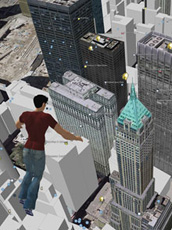
Within this context, I also mention this long article ---Second Earth--- published in the latest MIT Technology review about the potential merging of projects like Google Earth and 2nd life and where they make an analysis of "Mirror worlds" vs "Virtual worlds" vs "Metaverse"! As well as a description of actual technologies or projects that will contribute to the emergence of such parallel worlds.
Posted by patrick keller at 10:18
Cyber carbon footprint
After the "Avatars comsume as much electricity as Brazilians", something about "Cyber warming: PCs produce same CO2 emissions as airlines" says a recent article in The Independent (UK).
-
"(...). Ministers will this week embark on a campaign to curb "cyber-warming" from computers and information technology equipment that now does as much damage to the climate as aircraft emissions.
(...). The two initiatives will mark the biggest official attempt to address some of the environmental consequences of the extraordinarily rapid spread of IT into almost every aspect of daily life. Up to eight million new computers are sold in Britain every year, along with 1.8 million Wi-Fi terminals in the past 18 months.
A government-backed task force is to launch an attempt to reduce what it calls the "cyber carbon footprint" - which threatens to wreck attempts to hit targets for reducing emissions of carbon dioxide, the main cause of global warming - and to encourage the spread of "green" technology.
New research shows that computers generate an estimated 35 million tons of the gas each year - the equivalent of one million typical flights to and from the UK. And Gartner, the international information technology research company, estimates that globally the IT industry accounts for around 2 per cent of carbon dioxide emissions - much the same as aviation. (...)"
Read more about it here.
Another obvious and forseeable exemple of a mish-mash situation: energetic costs of computers, communication and processing power, "cyber carbon footprint".
Ubiquitous computing is probably close to happen (or has it already happened? we can definitely discuss about this), but it sure wouldn't be a luxury to think twice about its energetic counterpart before it happens, so to not contribute to an already outdated universe on a sustainable design point of view, no matter what "sci-fi" it might look like.
Thanks http://del.icio.us/regine for the link to the article of The Independent.
Posted by patrick keller at 14:26
Paul Cocksedge in Milan
Angelo Benedetto (head for ECAL's Visual Communication) sent me some links about the exhibition space Paul Cocksedge has designed for Trussardi at this year's Milan design fair (Salone Internazionale del Mobile) .
These images have already been published quite a lot I guess, but I do it one more time as they have some link to the variable nature of space (variable wavelenghts and temporary mediatized relation to space in this case)!
The space looks black at first eye sight, with seemingly nothing to look at or no piece exposed until you understand that you have to look at it through the eye of the camera on your cellphone: the exhibition can only be seen in the infrared wavelenght, which our eyes obviously can't but a camera can ("night shot" turned "on").
A light filter placed on the windows achieves this simple effect.
-
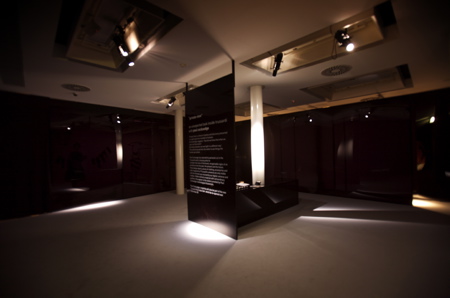
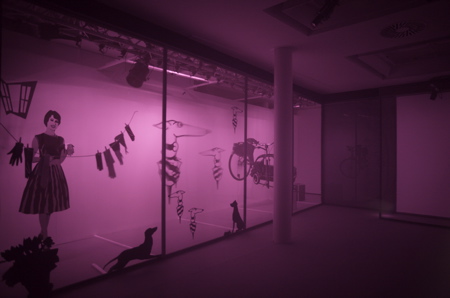
Posted by patrick keller at 11:02
MID-ECAL, 3rd year students projects, 1st semester 2006-2007
Following the workshop organised last november (27.11-01.12.2006) with Rachel Wingfield about ornamentation, interaction and patterns, three groups of 3rd year Media & Interaction Design students from ECAL have continued their projects until the end of last semester.
They continued to work around what they had started to do during the workshop, even if the notion of pattern design and/or the relation to natural cycles became less important for some projects. They had to focus on the strenght of each project, discussing with professionnals about their potential realisation and taking into account new contexts of realisation.
In the three following posts, those projects (Traffik, Espace Pur, Thermawall) will be shortly presented.
Posted by patrick keller at 17:49
ESPACE PUR, anti-dust & ionizer "screen"
ESPACE PUR
by Marc Hottinger & Lucien Iseli (MID-ECAL)
-
Espace Pur is an air ionizer that uses dust as pixels and that displays patterns thanks to it, in a very slow motion way. It cleans and purifies the air in architectural spaces. It increases the level of oxygen’s negative ions contained in the ambient air. Once installed, the air’s oxygenation becomes nearly the same as in the mountains. The more there are negative ions, the more the air is purified.
As a matter of fact, excessive dust is dangerous for health. Nevertheless, no dust at all decreases our immunity. That's why the system is regulated by the saturation of dust. Once filled with dust, the display is deactivated, and dust can be cleaned on the floor.
The installation of the "anti-dust screen" can take place in flats, hospitals, offices, and everywhere where air needs to be cleaned.
The aim of the project is therefore to capture dust and organize it on wall panels in order to build pictures that will gently appear on the wall. The panels are displaying compositions of weed that are on the one hand harmful plants but on the second hand have beneficial aspect on the health.
---------------------------------------------------------------------
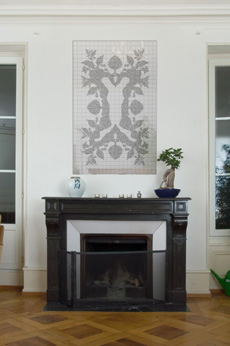
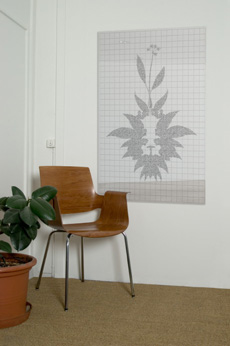
-
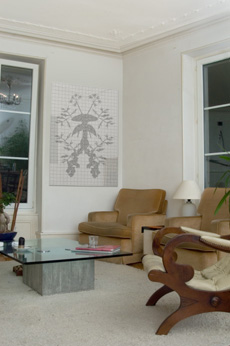
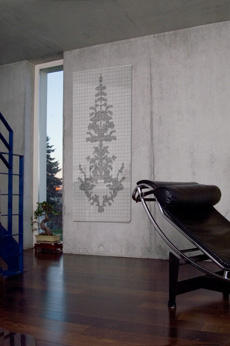
-
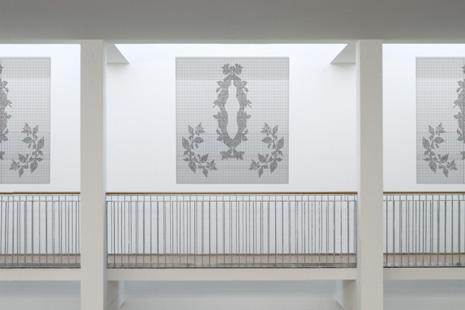
---------------------------------------------------------------------
Download a pdf presentation about the project, including pattern design researches
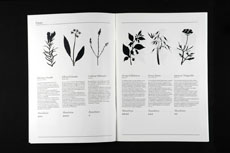
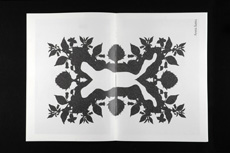
Or check the video (very slow motion! flash video, 8 min) about the "air ionizer"


Posted by patrick keller at 17:46
THERMAWALL, thermal wallpaper
THERMAWALL
by Vincent Jacquier et Guilhem Moreau (MID-ECAL)
-
Thermawall is a set of thermal wallpapers. Once applied on the walls of a room, they give people a sense of the climatic/warm-cold conditions inside this space thanks to the evolution of their visual outputs. The patterns and possibly colors on the wallpapers evolve according to the climatic conditions that occur inside that room (or human activities that have an impact on micro-climatic conditions).
The inks used on the wallpapers are set to trigger specific patterns on predefined threshold temperature, the variations from summer to winter being taken into account. The quick time response from the material enables anyone to fully interact with the wallpapers' patterns and illustrations, wich have been designed using "feng shui" as a starting point.
Regarding the visual choices driving the design of the wallpapers, we've chosen shapes and patterns representing several main "elements" or "matters" : water, fire, wood, air and earth so to confront them between each other and to highlight their antithetic relations.
Ultimately, the all project acts as a room display that shows the effects of one person or a group of persons activity/ies on its surrounding and could be perceived as a visual comment on the "global warming" problem.
---------------------------------------------------------------------
Have a look to the set of pictures presenting the wallpaper's book or download it's pdf version (17mb).
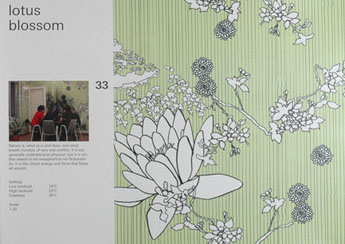
-
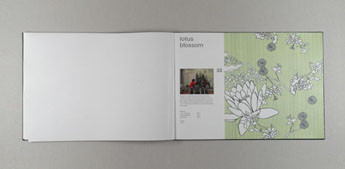
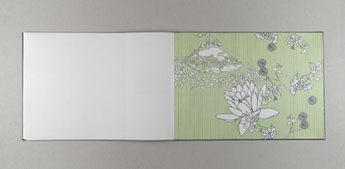
-
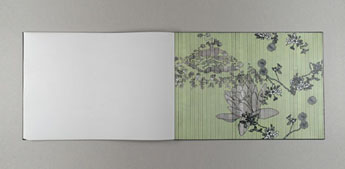
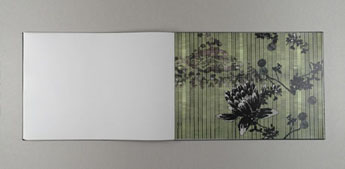
-

-

---------------------------------------------------------------------
Check Thermawall's video (flash video, 2 min).
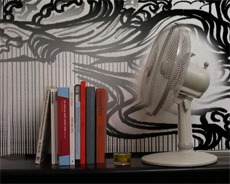
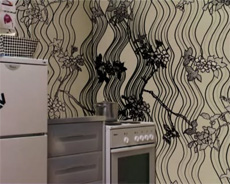
Posted by patrick keller at 17:44
TRAFFIK, experimentations with speed and typography
TRAFFIK
by Lionel Tardy & Gregory Aegerter (MID-ECAL)
-
Traffik is a visual experiment dedicated to the display of animated informations (speed limit, distance, name) on highways and that takes advantage of car speed to display message for drivers. Without any screen, just with "fresh painting", some optical games (anamorphosis) and a typographical work (a decomposition of the swiss typography for highways and national roads).
A bit more than forty years ago, the first highway in Switzerland got into function. The first one was the one who linked Geneva to Lausanne (and still do). At the same time, the major elements for road signalisation were build up by Adrian Frutiger, with his famous typography : Die Schweizer Authobahn.
This typography is made up of parts and fits very well for our experiment. By using every parts of each letter, "deconstructing" and placing them at different distance from each other, we can create words that are only readable at a specific speed. Add to this an anamorphic distortion so that the driver or passenger can perceive the text as flat (like a projection on the windshield) and the display rules are in place.
Our work consists here to analyse each word, split and rebuild it in a way that it becomes readable at a desired speed.
---------------------------------------------------------------------
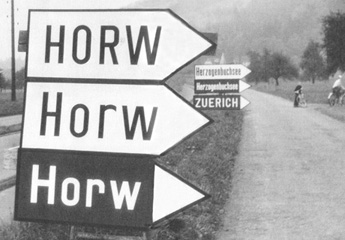
-
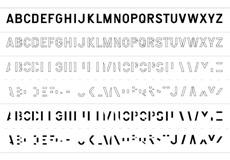
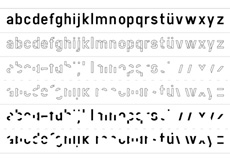
-
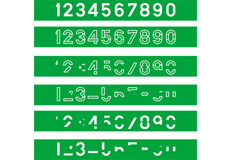
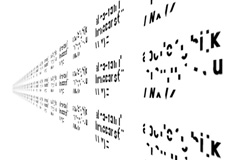
-
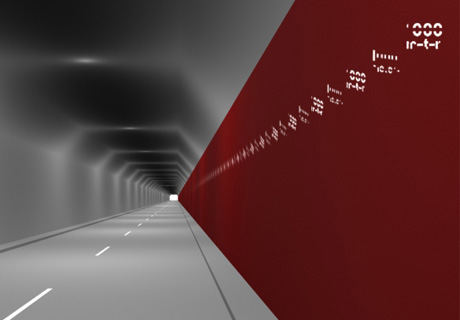
---------------------------------------------------------------------
Check to discover more about Traffik in this PDF edition (9.3mb) or in the flash video animation that illustrates the "speed graphics" principles.
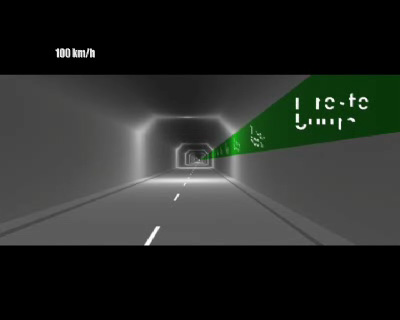
Posted by patrick keller at 17:42
Airs de Paris / Diurnisme / Philippe Rahm
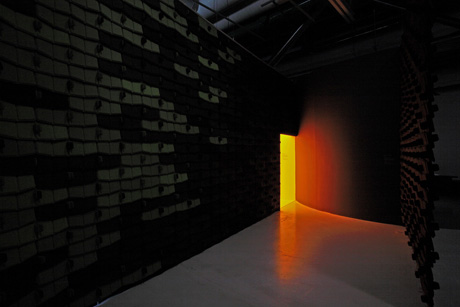
-
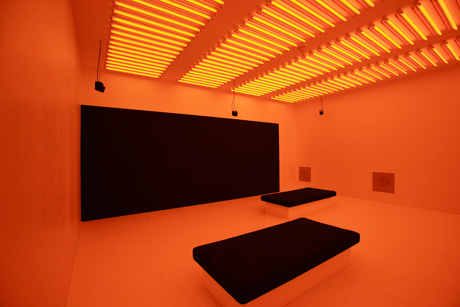
Diurnisme is the last space exhibited by Philippe Rahm during the "Airs de Paris" exhibition at the Centre Pompidou in Paris (25.04-15.08.07). It is a space that artificially and physiologically creates the conditions of night during the day. It is a sort of counterpart for the electric night illuminations we all know now for decades in our houses and cities and that have extended the day into the night and let us develope new social behaviors (like different types of day time activities at night, even the birds are confused now and sing at night in big cities!).
What kind of new functions and social behaviors might produce such "night at day"spatiality?
Additional explanations about Airs de paris and Diurnisme in this short ARTE video.
Posted by patrick keller at 15:18
Book: Responsive environments, Architecture, Art and Design
Writer and curator Lucy Bullivant published last year a book about *Responsive environments" for the Victoria and Alberts Publications. She also published last year a book about "4d space".
Responsive environments --"by definition spaces that interact with the people who use them, pass through them or by them" says Lucy Bullivant (what about other type of interactions I would ask? interactions with climate, dynamic charts and data, energy consumption, etc.?)-- designed by different persons or teams with different backgrounds and objectives (that include architecture, design and arts) show a common interests for the ongoing transformations in our everyday "livable environments", even if most of these projects reveals to be still quite experimental at the moment.
The book presents projects by Ben Hooker/Shona Kitchen or Philippe Rahm (who both did a workshop for the Variable_environment/ research project), HeHe, Usman Haque, the "relational architecture" of Raphael Lozano-Hemmer, the "bix" media facade and communication architecture of Realities:United for Peter Cook (former Archigram's member) and many other projects.
-
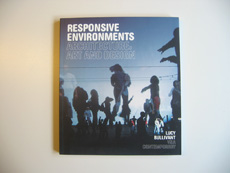
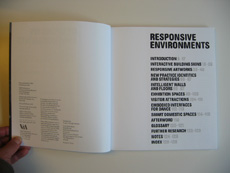
-

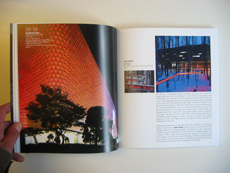
-
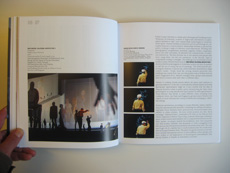
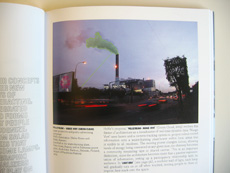
-
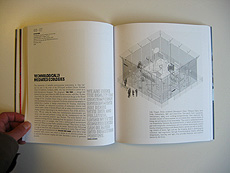
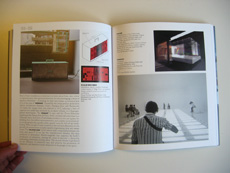
-
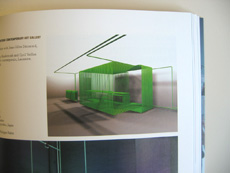
Posted by patrick keller at 17:42






































